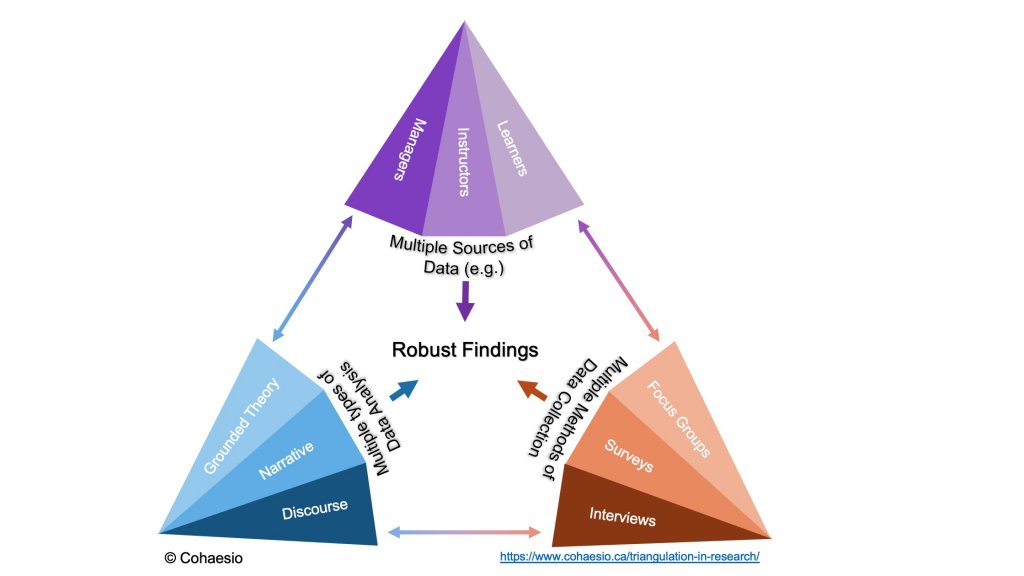Wireless Health Market Size & CAGR
The global Wireless Health market was valued at USD 77.5 billion in 2023, with a Compound Annual Growth Rate (CAGR) of 9.3% from 2023 to 2030. The market is expected to reach USD 132.8 billion by 2030, driven by the increasing adoption of wireless health technologies, the rising prevalence of chronic diseases, and the growing focus on remote patient monitoring.
COVID-19 Impact on the Wireless Health Market
The COVID-19 pandemic has accelerated the adoption of wireless health technologies as healthcare organizations seek remote solutions to provide care to patients while minimizing physical contact. The increased demand for telehealth services, wearable devices, and remote monitoring platforms has fueled growth in the Wireless Health market. The pandemic has highlighted the importance of wireless health technologies in delivering healthcare services efficiently and effectively.
Wireless Health Market Dynamics
The Wireless Health market is driven by factors such as the increasing prevalence of chronic diseases, the rise in healthcare costs, the need for remote patient monitoring, and the growing adoption of wearable devices. However, the market faces challenges related to data security, interoperability issues, and regulatory compliance. Despite these challenges, the market presents opportunities for growth with the advancement of wireless technologies and the development of innovative healthcare solutions.
Segments and Related Analysis of the Wireless Health Market
The Wireless Health market can be segmented based on technology, product, application, and end-user. By technology, the market includes Bluetooth, Wi-Fi, Zigbee, RFID, and others. By product, the market comprises wearable devices, wireless sensors, remote monitoring systems, and others. By application, the market covers patient monitoring, fitness and wellness, medical diagnosis, and others. By end-user, the market includes hospitals, clinics, home healthcare, and others.
Wireless Health Market Analysis Report by Region
Asia Pacific Wireless Health Market Report
The Asia Pacific region is experiencing significant growth in the Wireless Health market due to the increasing adoption of digital health technologies, the rising prevalence of chronic diseases, and the expansion of healthcare infrastructure. Countries like China, India, and Japan are leading the market with innovative wireless health solutions and investments in telehealth services.
South America Wireless Health Market Report
South America is witnessing steady growth in the Wireless Health market, driven by the increasing awareness of remote healthcare solutions, government initiatives to promote digital health, and the growing demand for wearable devices and remote monitoring systems. Countries like Brazil and Argentina are at the forefront of adopting wireless health technologies to improve healthcare accessibility and quality.
North America Wireless Health Market Report
North America dominates the Wireless Health market, attributed to the advanced healthcare infrastructure, high adoption of wireless technologies, favorable government policies, and the presence of key market players. The United States and Canada are leading the market with a strong focus on telehealth services, remote patient monitoring, and wearable healthcare devices.
Europe Wireless Health Market Report
Europe is a key region in the Wireless Health market, driven by the growing aging population, increasing healthcare expenditure, and the rise in chronic diseases. Countries like the United Kingdom, Germany, and France are investing in wireless health technologies to enhance healthcare delivery, optimize patient outcomes, and reduce healthcare costs.
Middle East and Africa Wireless Health Market Report
The Middle East and Africa region are witnessing rapid growth in the Wireless Health market, fueled by the increasing healthcare investments, the adoption of telehealth services, and the expansion of digital health infrastructure. Countries like Saudi Arabia, UAE, and South Africa are at the forefront of implementing wireless health solutions to address healthcare challenges and improve patient care.
Wireless Health Market Analysis Report by Technology
The Wireless Health market can be analyzed based on technology, with key segments such as Bluetooth, Wi-Fi, Zigbee, RFID, and others. Bluetooth technology is widely used for connecting wearable devices and sensors to smartphones and other mobile devices, enabling real-time health monitoring and data transmission. Wi-Fi technology is essential for enabling wireless communication in healthcare facilities, supporting telehealth services and patient monitoring. Zigbee and RFID technologies are utilized for tracking and identifying medical equipment and patients, enhancing healthcare efficiency and patient safety.
Wireless Health Market Analysis Report by Product
The Wireless Health market can be analyzed based on product segmentation, including wearable devices, wireless sensors, remote monitoring systems, and others. Wearable devices such as smartwatches, fitness trackers, and medical wearables are gaining popularity for monitoring health parameters, tracking fitness activities, and managing chronic conditions. Wireless sensors play a crucial role in collecting real-time health data, enabling remote monitoring and personalized healthcare services. Remote monitoring systems facilitate continuous monitoring of patients' vital signs, enabling healthcare providers to deliver timely interventions and improve patient outcomes.
Wireless Health Market Analysis Report by Application
The Wireless Health market can be analyzed based on application areas, including patient monitoring, fitness and wellness, medical diagnosis, and others. Patient monitoring applications involve continuous tracking of patients' health parameters, enabling remote care management, and early detection of medical conditions. Fitness and wellness applications focus on promoting a healthy lifestyle, tracking fitness activities, and providing personalized coaching for physical well-being. Medical diagnosis applications support healthcare professionals in diagnosing diseases, interpreting medical images, and analyzing clinical data to make informed treatment decisions.
Wireless Health Market Analysis Report by End-User
The Wireless Health market can be analyzed based on end-user segmentation, including hospitals, clinics, home healthcare, and others. Hospitals are the primary end-users of wireless health technologies, leveraging remote monitoring systems, wearable devices, and telehealth services to enhance patient care and optimize clinical workflows. Clinics utilize wireless health solutions for outpatient monitoring, disease management, and preventive care interventions. Home healthcare services rely on wireless technologies for remote patient monitoring, medication reminders, and caregiver support, enabling individuals to receive quality care in the comfort of their homes.
Key Growth Drivers and Key Market Players of Wireless Health Market
The key growth drivers of the Wireless Health market include the increasing prevalence of chronic diseases, the growing demand for remote patient monitoring, the rising adoption of wearable devices, and the advancements in wireless technologies. Key market players operating in the Wireless Health market include:
- Medtronic
- Philips Healthcare
- GE Healthcare
- Cerner Corporation
- Qualcomm Life
- Honeywell Life Care Solutions
- F. Hoffmann-La Roche
- Siemens Healthineers
- OMRON Corporation
- Dexcom, Inc.
Wireless Health Market Trends and Future Forecast
The Wireless Health market is witnessing several trends that are shaping its future, including the integration of AI and machine learning in healthcare, the rise of telemedicine services, the expansion of remote monitoring capabilities, and the development of smart wearable devices. The market is expected to continue its growth trajectory, driven by the increasing focus on personalized healthcare, the implementation of digital health solutions, and the collaboration between healthcare providers and technology companies. The future forecast for the Wireless Health market is optimistic, with continued innovation, investments in research and development, and the adoption of wireless health technologies to improve patient outcomes and healthcare delivery.
Recent Happenings in the Wireless Health Market
Recent developments in the Wireless Health market include:
- Medtronic launched a new wireless insulin delivery system for diabetes management.
- Philips Healthcare introduced a telehealth platform for remote patient monitoring.
- Qualcomm Life partnered with healthcare providers to enhance wireless connectivity for medical devices.
- Dexcom, Inc. announced the development of a new continuous glucose monitoring system.



